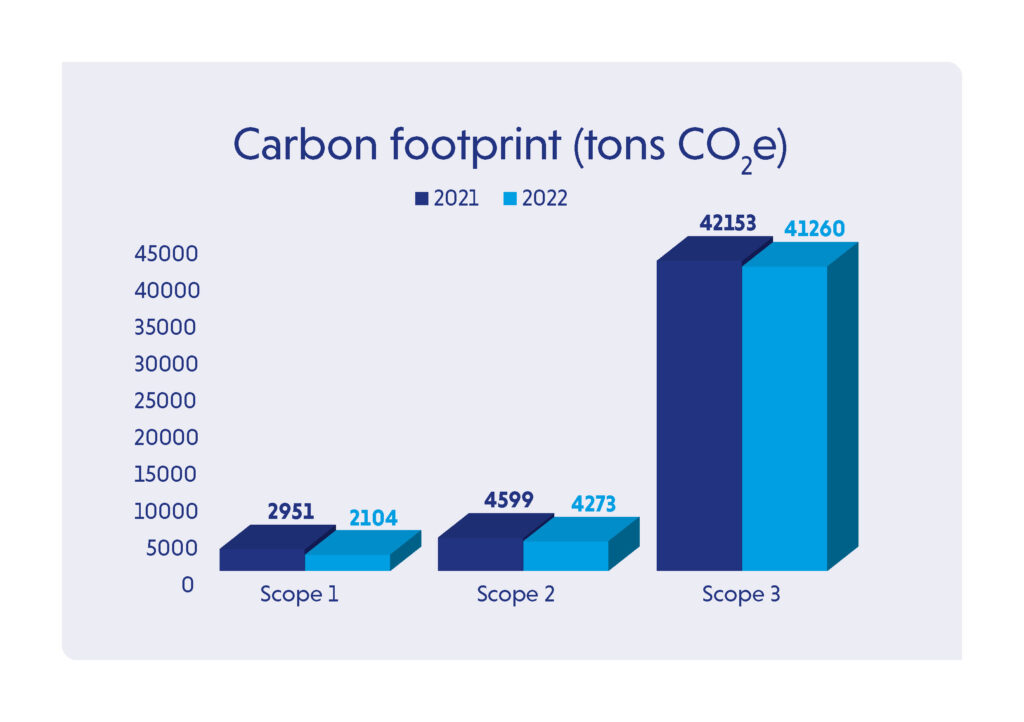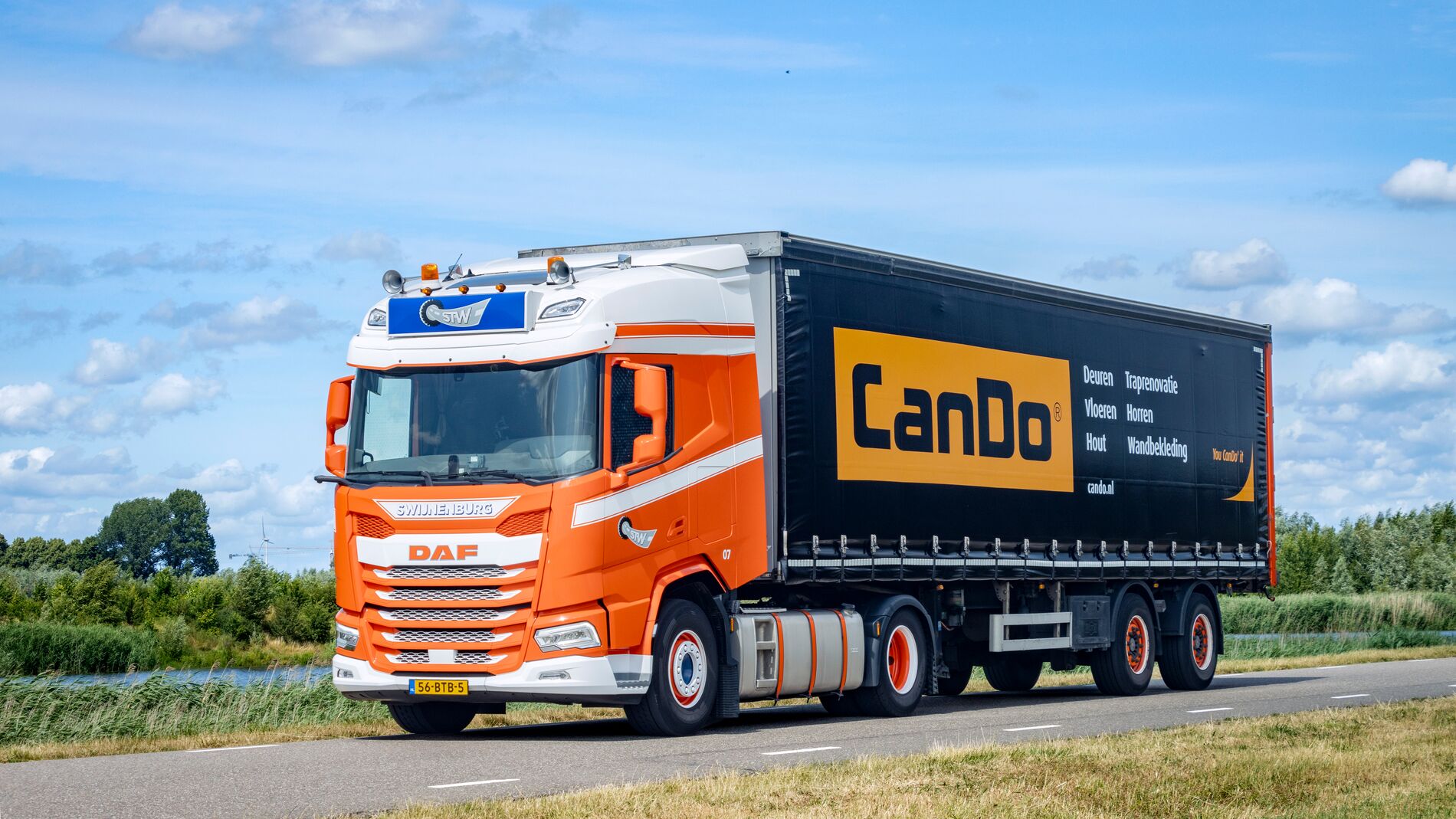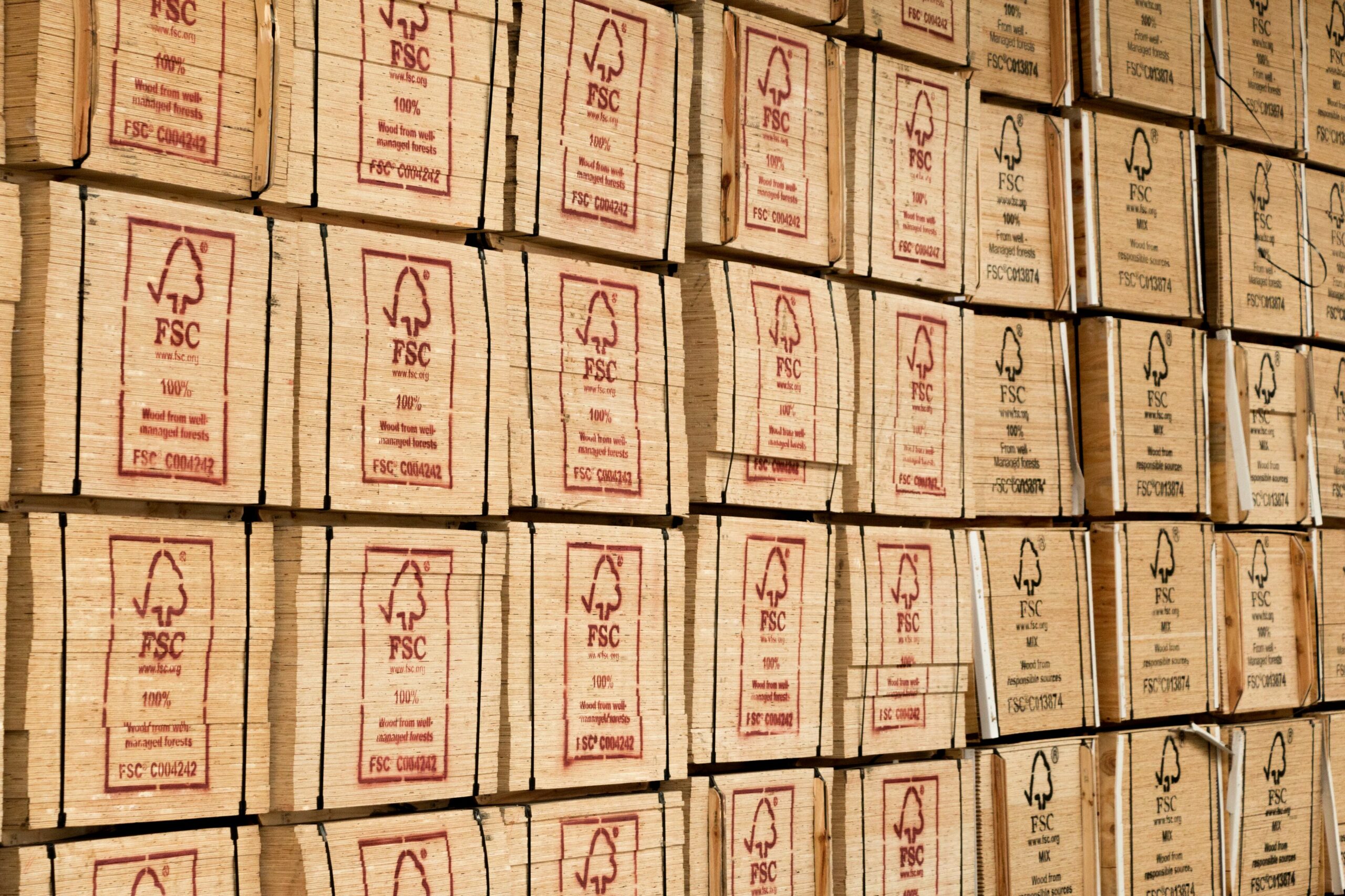ESG Annual Report 2022
How Deli Home works on a sustainable future
LEARN MORE ABOUT
Our sustainable future
In 2022, Deli Home worked very hard to achieve its ESG objectives for 2025. Cooperation and continuous learning and improvement are an integral part of this process. To realise our objectives, it is important for us to be aware of our social impact throughout the whole supply chain – via our suppliers, our factories, and our customers. And we must act accordingly.

How Deli Home works on a sustainable future
Our annual ESG report 2022 offers a complete statistical insight into our achievements in 2022 when it comes to CO2 reduction, using and selling FSC® and PEFC wood, and our safety performance.
Our ESG objectives for 2025 (compared to 2020)
- Reduce our CO2 footprint by 15%
- 100% acquisition and sale of sustainable wood with FSC® or PEFC certification
- 10% reduction in packaging materials for transport within the supply chain
- 10% reduction in waste (based on weight)
- Focus on well-being of employees, with the aim of reducing absenteeism to below 3%
- 0 accidents that result in absenteeism
ESG progress report 2022/2023
Within Deli Home, the future regarding sustainability and ESG is viewed as a continual challenge, with ever-chjanging goals ans a persistent focus on reducing our ecological footprint. Wr aspire to maintain a pioneering role and stimulate positive chane in society.
In this report, you will not only read about our efforts for this year, but also about our ambitions for the coming years. We invite you to join us on the ongoing journey of Deli Home towards the most socially responsible way of doing business.

From Dutch to European ESG policy
2022 was the year that marked the start of our ESG policy. While we had previously concentrated on activities in the Netherlands, our ESG report 2022 highlighted the status of all our divisions in the Netherlands, the Czech Republic, Belgium, Poland, Portugal, Hungary and France. These insights will be crucial when meeting our overarching ESG objectives 2025 and looking to the future beyond 2025.
2022 in figures: increase in local wood and more efficient transport
83% of our wood came from Europe in 2022. 94,4% of this was FSC or PEFC certified. Our CO2 footprint amounted to 47,367 tonnes of CO2, of which 87% originated from our supply chain (both incoming and outgoing), 4% directly from our activities and 9% from energy consumption when performing our activities.

When the figures for 2022 are examined in detail, they show a significant reduction in our CO2 footprint by increasing local wood production and transporting our materials more efficiently. For example, a conscious decision was made to transport our materials from the port of Rotterdam to Gorinchem by river. Nonetheless, a lot of gains are still possible in the supply, in terms of incoming and outgoing transport. In addition, we are analysing how green energy can be acquired and how energy consumption can be reduced at each of our sites.
Local working groups
Our local ESG working groups are helping us to further specify our ESG objectives. A CSR working group has been set up for each domestic and international division, and is responsible for identifying further improvements at local level. An important area of focus for these working groups involves reducing, sorting and re-using packaging materials and waste flows. However, they must also pay attention to more efficient and sustainable local energy consumption.
Outlook after 2025
Besides further reducing our CO2 footprint, our main challenge for the future will be to involve and engage our whole organisation in our ESG policy. In fact, the ideas of our employees will be extremely valuable if we want to meet our ESG objectives for 2025 and beyond.
A good example of this comes from our office in Gorinchem. In this case, we have been able to save 15,000 separating strips each year by taking them from the packaging materials of our suppliers and reusing them for our own consignments. By combing large and small initiatives, we will be able to gradually become more effective in complying with the Glasgow Climate Pact, which requires a CO2 reduction of 55% by 2030.


